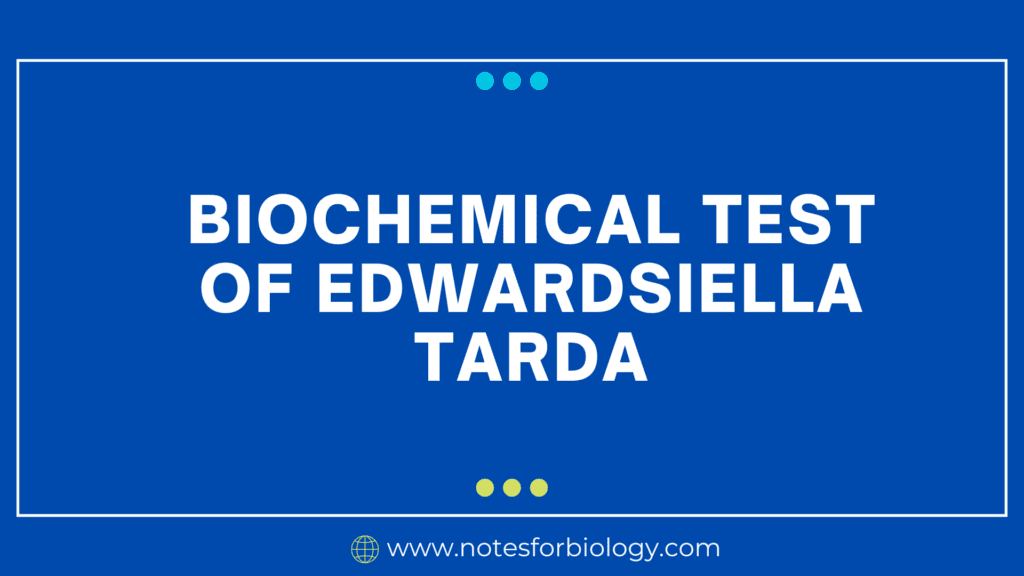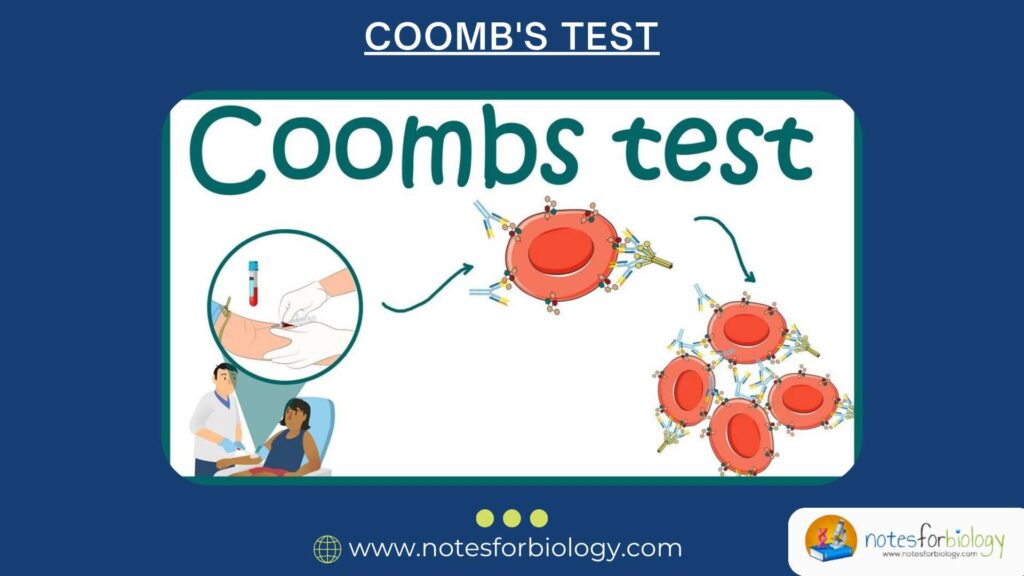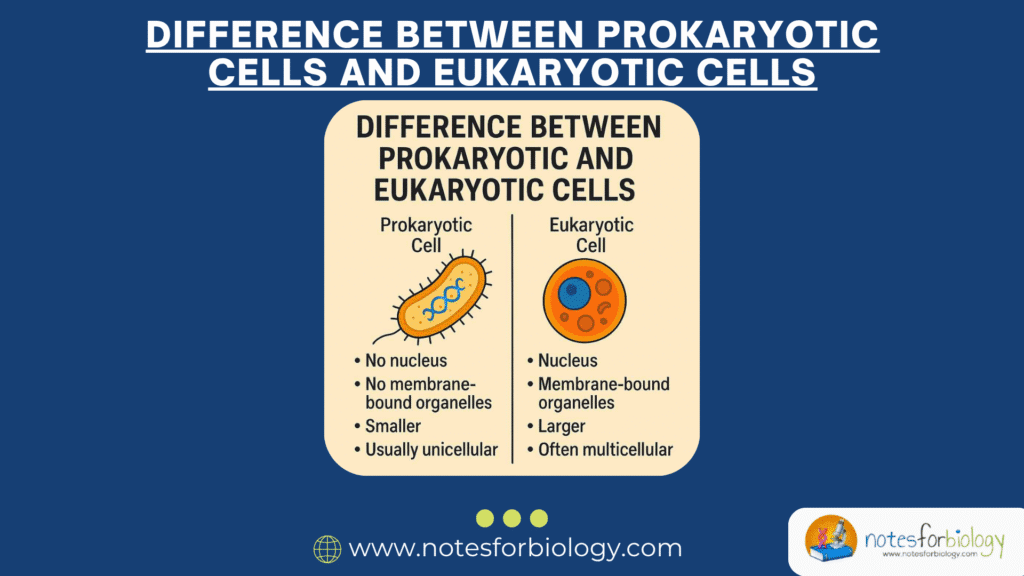Edwardsiella tarda is a frequent Gram-negative, facultatively anaerobic bacterium in freshwater and marine environments. It has been reported to infect people and fish on occasion. Biochemical tests are used to identify and distinguish Edwardsiella tarda from other bacteria. The following are some essential biochemical traits and assays for Edwardsiella tarda
Table of Contents
Edwardsiella tarda
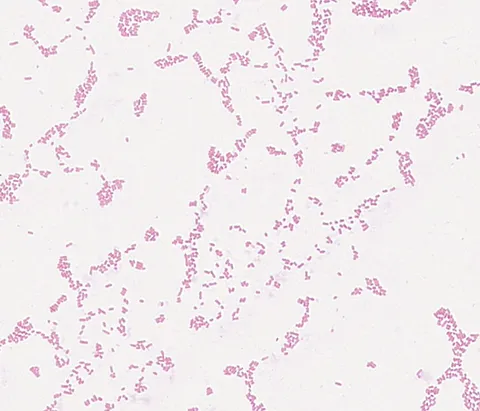
Gram Stain
- Gram-negative rods as a result.
Oxidase Test
- Result: Negative
Catalase Test
- Result: Positive
Indole Test
- The outcome is favorable.
- This test establishes the organism’s capacity to convert tryptophan into indole.
Methyl Red Test
- The outcome is favorable.
- Description: Shows that the fermentation of glucose produces stable acid end products.
Voges-Proskauer Test
- The outcome is negative.
- This indicates that the fermentation of glucose does not produce any acetoin.
Citrate Utilization Test
- The outcome is negative.
- This test establishes if citrate may be used as the only carbon source.
Urease Test
- The outcome is negative.
- This test looks for the urease enzyme, which hydrolyzes urea to produce carbon dioxide and ammonia.
Triple Sugar Iron (TSI) Agar Test
- As a result, there was no gas production, positive H2S production, and an alkaline slant/acid butt.
- The capacity to ferment glucose, lactose, and/or sucrose and generate hydrogen sulfide is what distinguishes them.
Hydrogen Sulfide (H2S) Production
- The outcome is favorable.
- Description: Found by the medium turning black as a result of ferrous sulfide production.
Motility Test
- The outcome is favorable.
- Ascertains whether the bacteria is mobile.
Lysine Decarboxylase Test
- The outcome is favorable.
- Description: Inspects lysine for decarboxylation.
Ornithine Decarboxylase Test
- The outcome is favorable.
- Ascertains the capacity to decarboxylate ornithine.
Arginine Dihydrolase Test
- The outcome is negative.
- This indicates that arginine cannot be hydrolyzed.
Gelatinase Test
- The outcome is negative.
- Assesses the organism’s ability to hydrolyze gelatin.
Nitrate Reduction Test
- The outcome is favorable.
- The ability to convert nitrate to nitrite or nitrogen gas is indicated by this indicator.
Carbohydrate Fermentation Tests
- The outcome is favorable.
- The ability to convert nitrate to nitrite or nitrogen gas is indicated by this indicator.
Clinical Relevance
Diagnosis
determined by a mix of laboratory testing, such as biochemical assays and molecular methods like PCR, clinical symptoms, and exposure history.
Treatment
Antibiotics are commonly used to treat infections in humans, however resistance tendencies need to be watched. Prophylactic treatments and management strategies are employed in aquaculture to contain outbreaks.
Research and Importance
Because of its effects on aquaculture sectors and occasional potential for zoonotic disease, Edwardsiella tarda is important in both veterinary and human medicine. Research is still being done to better understand its pathogenic mechanisms, create fish vaccines that work, and enhance human infection treatment techniques.
Habitat
- Natural Environment: Freshwater and marine settings are common places to find it.
- Range of Hosts: Known to cause edwardsiellosis in a number of fish species. Reptiles and amphibians can also contract it.
- Human Pathogen: May occasionally cause septicemia, wound infections, and gastrointestinal tract infections in people, particularly in those with impaired immune systems or open wounds who come into contact with contaminated water.
Conclusion
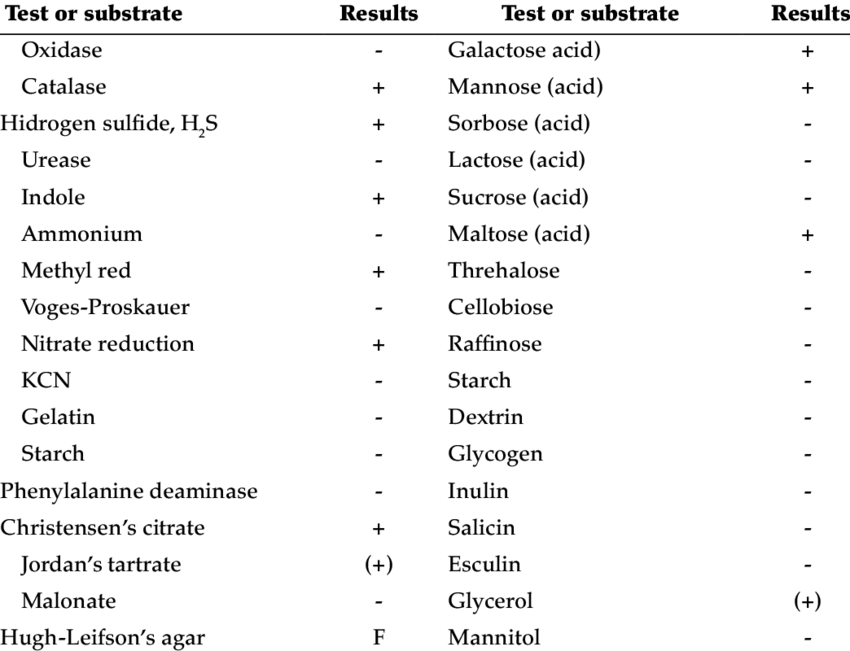
When combined, these biochemical assays aid in the identification of Edwardsiella tarda. It is distinguished from other comparable bacteria, especially those belonging to the Enterobacteriaceae family, by the combination of positive and negative test findings.
Frequently Asked Questions(FAQ)
Define Edwardsiella tarda ?
Edwardsiella tarda is a frequent Gram-negative, facultatively anaerobic bacterium in freshwater and marine environments. It has been reported to infect people and fish on occasion.
What is the morphology of Edwardsiella tarda?
Edwardsiella tarda is a rod-shaped, gram-negative, facultatively anaerobic, motile, peritrichously flagellated bacterium that is 1-3 μm in length and 1 μm in diameter. It is a member of the class Gammaproteobacterial, phylum Proteobacteria, family Enterobacteriaceae, order Enterobacterial.
Is Edwardsiella tarda Gram-positive?
Gram-negative, facultative anaerobe Edwardsiella tarda belongs to the Enterobacteriaceae family and is usually isolated from aquatic settings and aquatic animals.
Is Edwardsiella tarda aerobic or anaerobic
Anaerobic facultative gram-negative bacillus Edwardsiella tarda is a member of the Enterobacteriaceae family.
Related Article

